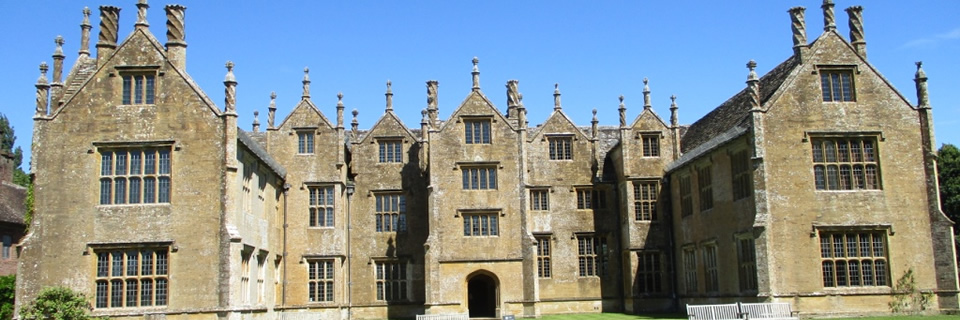The Arts Society Devizes Events in 2024 / 2025
Here is the list of our lectures for this year: October 2024 to July 2025. Click on a title below to see the details; we will add more details as we get them.
Lectures are normally in Devizes Town Hall but please note that the lectures from October 2024 to February 2025 inclusive will be held in the Ceres Hall, on the ground floor of the Corn Exchange, due to repairs to the Town Hall roof.
Close All Events
Our Lectures 2024 / 2025
| Wednesday 16th Oct 2024 | How To Look Slowly – Impressionism by Joanne Rhymer |  |
Looking slowly at an Impressionist painting might at first seem counterintuitive, since one of the notions associated with Impressionism is that of an artist capturing quickly in paint a fleeting moment. Although their works frequently appear to have been painted speedily, in reality this was not always the case. The Impressionists’ works were often the result of careful observation and planning, and their paintings invite us to dwell on and enjoy the evocation of a transitory effect.
Looking slowly at an Impressionist painting is to engage with the idea of seeing a moment which in lived existence might pass unnoticed, but one which the artist was keen to represent to produce visual pleasure. To appreciate the artist’s work, we need to look slowly. Touches of paint, punctuations of colour and varied textures come alive with sustained looking.
This presentation looks at a small selection of works (three in all) in order to experience Impressionism with particular attention to the innovations of the style and the development of visual analysis skills.
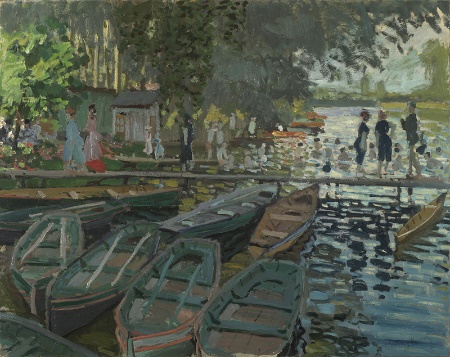
Joanne Rhymer has worked in the museum and gallery sector for over 20 years involving several roles at the National Gallery including Head of Adult Learning Programmes. She has also worked at Tate and Sotheby's Institute of Art. As a freelance lecturer she has taught for numerous institutions both public and private and contributes to programmes at the V&A and the Wallace Collection. She is also a panel tutor for the Institute of Continuing Education, part of the University of Cambridge.
Her areas of specialism are 19th and early 20th-century French and British art. She is interested in the benefits of slow and close looking at paintings and has developed a guided, slow looking technique within gallery settings. Her teaching style encourages interaction, and where possible, involves discussions in front of art. She actively encourages participants’ observations combined with the knowledge they bring to a session, which can open up new avenues for interpretation.
| Wednesday 20th Nov 2024 | The Great Divide – Arthur Conan Doyle & The Great War by Richard Burnip |  |
How Doyle's writings changed course completely during the First World War, including his remarkable history of the war and 'The War Service of Sherlock Holmes'. The Great War saw Doyle give up writing fiction (with two important exceptions) for the duration, but far from being idle he was never busier. Whether working in propaganda (including his military poems), battling censorship with his history of the conflict, or dining with generals on the Western Front, Doyle’s profile as both author and public figure was never greater. He also began what would be the final, and for him the most important, phase of his working life: his writing and lecturing in Spiritualism, a subject which not only evolved for him through long study of the subject, but also struck a tremendous chord in the contemporary atmosphere of tragedy and loss. Richard will bring early printings of Conan Doyle's work to the lecture.
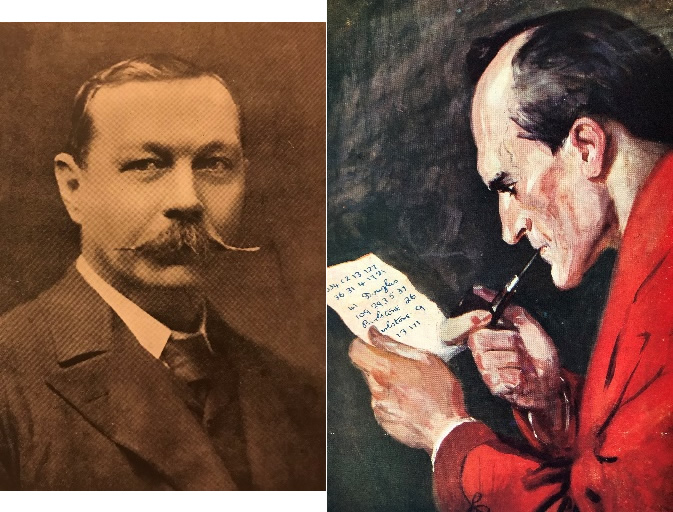
Richard Burnip took a BA Hons in English Language and Literature from the University of Manchester, followed by an acting diploma at the Birmingham School of Speech and Drama. He combines acting, writing and lecturing. He has lectured in many venues including the National Army Museum and the Museum of London, as well as presenting a variety of virtual lectures online. Richard has contributed to, among others, The Journal of Popular Film and Television, The Sherlock Holmes Journal, and the P G Wodehouse journal Wooster Sauce. A specialist in voice work, he has narrated numerous television documentaries and 180 audiobooks.
| Wednesday 18th Dec 2024 | Christmas Ghosts: The Tradition of Winter Tales by Kirsty Hartsiotis |  |
We've told supernatural tales at midwinter for a very long time. In this talk Kirsty Hartsiotis takes us back to the earliest winter tales of the Middle Ages and the age of Shakespeare and Marlowe. We then explore the lost years of the 17th and 18th centuries, where it’s often thought that Christmas wasn’t celebrated much – but ghost tales at Christmas-tide were very part of the season. In the 19th century many traditional Christmas ghost tales were collected, and even now it’s considered one of the spookiest times of the years. We draw on midwinter tales from all around Britain in this talk and explore links with European midwinter traditions. This is a special Christmas lecture that draws on Kirsty's long experience as an oral storyteller and writer and teller of local ghost and folk tales in Wiltshire and Gloucestershire. From dastardly drumming at Tidworth, to long-dead brides at Lacock (and maybe Lydiard?) and Calcutt’s midwinter ghost pigs, we’ll explore local lore as well as famous midwinter ghosts from around the country. You may well come away with a shiver running down your spine and with seasonally spooky stories to share around your fireside at Christmas!
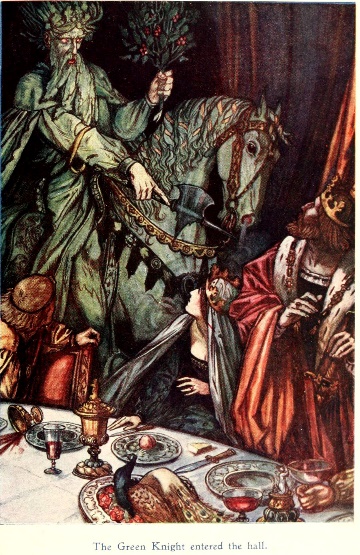
Kirsty Hartsiotis is a curator at Swindon Museums, currently involved in the Un/Common People folk art and lore exhibition opening there at the end of November, and coming to Devizes in March next year. She was the curator of the decorative and fine art at The Wilson Art Gallery and Museum, Cheltenham from 2008 to 2023. She’s a freelance researcher, currently researching Arts and Crafts war memorials and the work of Arts and Crafts designers in churches in the South West. She’s been an oral storyteller for over 20 years, and has published a number of collections of stories. She was the newsletter editor for Society of Decorative Art Collections from 2009 to 2023, and is a regular columnist for Cotswold Life, and writes for diverse other publications on art history and folklore.
| Wednesday 15th Jan 2025 | Australian Impressionist Painters by Caroline Holmes |  |
Australian Impressionists - the Heidelberg School, Fontainebleau and the Zenith Landscape.
The Heidelberg School shelters under its own unique umbrella taking their academic influences equally from the Royal Academy School in London and the French Impressionists. Key members were Tom Roberts, Arthur Streeton, Frederick McCubbin and Charles Conder whose art evolved from the informal, evocative and naturalistic into a nationalistic expression. In 1901 McCubbin bought a cottage on Mount Macedon, its surroundings became the inspiration for some of his best-known works, the family named the property Fontainebleau. Its guest list ranged from Ellen Terry and Dame Nellie Melba to his myriad students who camped in the gardens.
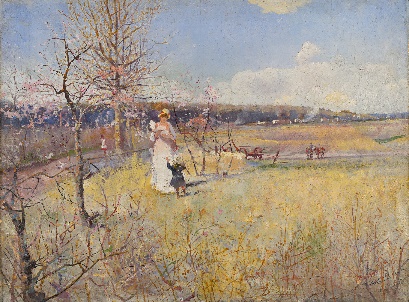
Caroline Holmes has lectured in the UK, Australia, New Zealand, USA, Europe and Japan as well as many cruises. University of Cambridge ICE Academic Tutor and Course Director; lectures for the Royal Horticultural Society, museums and online for The Gardens Trust and organisations worldwide. Author of 12 books including Monet at Giverny, Water Lilies and Bory Latour-Marliac, the genius behind Monet’s water lilies; Impressionists in their Gardens; Follies of Europe: Architectural Extravaganzas; and in 2020 Where the wildness pleases – the English Garden celebrated. 2017 recipient of the Herb Society of America ‘Elizabeth Crisp Rea Award’. Consultant designer specialising in evoking historic, artistic and symbolic references.
| Wednesday 19th Feb 2025 | Bringing India to Britain – Victoria’s Indian Portraits and the Durbar Hall. by Helen Rufus-Ward |  |
We begin by focusing on the Indian portraits decorating the corridors of Queen Victoria’s favourite palace, Osborne House on the Isle of Wight. Austrian artist Rudolf Swoboda was commissioned by Queen Victoria to paint authentic portraits of her Indian subjects to represent “various types of the different nationalities” of India. Swoboda produced some extraordinary paintings during his two visits to India and the Queen was thrilled, calling them her “Beautiful Things!” If Queen Victoria couldn’t travel to India - India had to come to her!
The final part of this lecture will look at an exquisitely crafted Durbar Hall, created and shipped over from India to serve as a backdrop for the Colonial and Indian Exhibition. It is now the centrepiece of Hastings Museum and Art Gallery, having been gifted to the town by the Brassey family.
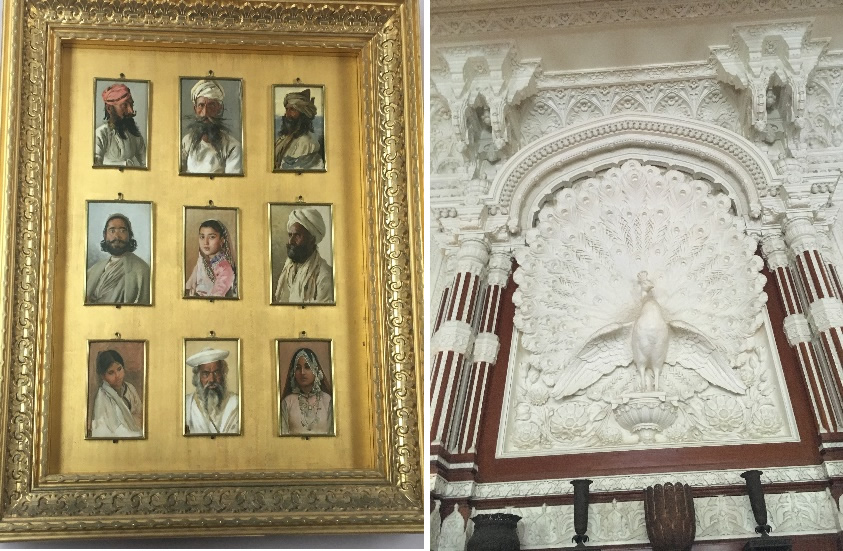
Dr Helen Rufus-Ward is an art historian with a BA, MA and an Arts and Humanities Research Council funded doctorate (DPhil) from the University of Sussex where she worked as a lecturer for 10 years. Helen has published on Late Antique ivory carvings and 19th century collecting of plaster casting. Helen holds a Higher Education Academy teaching qualification, is a member of the Society for the Promotion of Byzantine Studies, the Society of Jewellery Historians and is Chair of Eastbourne Arts Circle.
| Wednesday 19th Mar 2025 | China’s First Emperor and his Terracotta Legacy by David Rosier |  |
This lecture traces the origins of the Chinese Imperial Empire which was formed in 221 BC and lasted until 1911. China’s first Emperor, Qin Shi Huangdi (221-209 BC), unified China in 221 BC and proved to be an exceptional bureaucrat, creator of infrastructure and Patron of the Arts. His greatest legacy, however, was born out of his obsession with immortality and this materialised in the form of the World’s largest Necropolis. Its fame came originally from the discovery of the Terracotta Warriors in 1976 but now the site is recognised for its vast infrastructure of buildings, including the still sealed Emperor’s Mausoleum. The lecture explores the excavation and re-creation of the Terracotta Army plus the other significant ‘Finds’ at the site. In addition, there will be a review of current theories as to the purpose and construction of the Necropolis, including the risks and challenges of opening the Emperor’s Mausoleum.

As a Chartered Insurer by profession and a Fellow of the Assurance Medical Society, David has more than 30 years of working and living in East Asia. Whilst living in Hong Kong (1991-2004) he, and his wife Wendy, assembled a collection of approximately 500, mainly Qing Dynasty (1644-1911), Imperial Court Costumes and related textiles/dress accessories. In late 2019 the Collection of Imperial Court Costume was acquired in its entirety by The Shanghai Museum, Peoples' Republic of China, to be displayed in a new annexe of the museum which will open in 2025. A Past Committee Member of the Hong Kong Textile Society and regular contributor to a range of Oriental Art publications, David is an expert lecturer on Chinese Imperial Court Costume, plus all aspects of Imperial Court life, art and culture together with studies of China's greatest Emperors and Empresses. David has lectured for The Arts Society and a wide range of other organisations around the UK and within Europe, as well as lecture trips to Australia, New Zealand and SE Asia. He has organised and led Imperial Art Tours to China for a wide variety of organisations. Following his outstanding talk “A Journey Through The Imperial Chinese Wardrobe” in 2015, we are delighted to welcome David back to Devizes!
| Wednesday 16th Apr 2025 | Fakes and Fortunes ! by Sarah Cove |  |
Sarah Cove ACR founded the Constable Research Project in conjunction with the V&A Museum in 1986 to study John Constable’s materials and techniques from a technical and scientific viewpoint. Since then she has examined over 250 works from collections worldwide. She has developed a technical chronology that assists with the dating of his known works. Sarah was instrumental in the attribution of 3 significant Constable oils for BBC1’s Fake or Fortune? series, appearing in 2014 and 2017. She is now regularly contacted by people worldwide who think they have found a previously unknown Constable! Some have, some have not, as you will see in this lecture which gives a ‘behind the scenes’ look at how such decisions are made, and will describe some extraordinary successes but also crashing disappointments. Stories will include a hugely publicised oil sketch seen on Breakfast TV, reputedly worth £250,000, and the chance discovery of a fabulous, almost abstract, rare oil study of the 1830s that had formerly belonged to an American G.I.
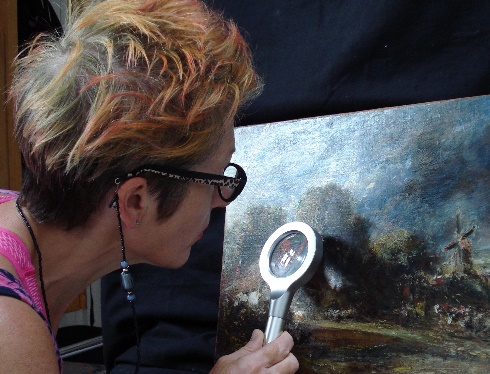
Sarah Cove ACR, FIIC, FBAPCR is an Accredited paintings conservator-restorer, technical art historian and lecturer with almost 40 years’ experience working on paintings for the heritage and private sectors. She lives and works in Falmouth, Cornwall, but also has a permanent base in London. As a conservator, she specialises in British portraiture, 19th-20th century British landscapes and oil sketches on paper and board. Alongside her conservation practice, in 1986 Sarah founded the Constable Research Project and she is now the leading authority on Constable’s oil painting materials and techniques. She has appeared in several TV programmes for the BBC notably Constable in Love with Andrew Graham-Dixon and twice on Fake or Fortune? where she was instrumental in the discovery of 3 ‘lost’ Constables.
| Wednesday 21st May 2025 | John Singer Sargent: The Private Radical by Gavin Plumley |  |
Whether drawing duchesses or portraying princes, John Singer Sargent – who was born in 1856 and died a hundred years ago, in 1925 – was high society’s leading portraitist. Flaunting a consummate technique, his luxurious canvases mirrored his subjects’ wealth. Yet beneath the high fashions and dazzling veneer of works such as Madame X, The Daughters of Edward Darley Boit and Lady Agnew of Lochnaw lurks a much rawer world. Sargent scandalised Parisian society and the city’s Salon with his frank depictions of human sexuality, but he was even more modern than they might have feared. This talk charts the artist’s life and his prolific output, showing that, like the era he came to represent, Sargent was always on the cusp of seismic change.
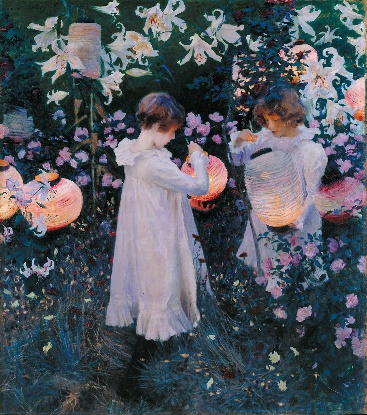
Gavin Plumley is a writer and broadcaster who appears on BBC Radio 3 and 4, and contributes to newspapers, magazines and opera and concert programmes worldwide. He lectures widely about the culture of Central Europe. Recent appearances include Klimt and The Kiss in cinemas worldwide, and talks for the Hay and Cheltenham Literature Festivals, the Royal Opera House, the National Gallery, the National Trust, the National Theatre, the British Museum and the V&A. His first book, A Home for All Seasons, is out now.
| Wednesday 18th Jun 2025 | Johannes Vermeer: The Magic & The Mystery by Brian Healey |  |
Very few paintings survive by this remarkable artist, and very little documentation survives to cast light on his background, yet each painting is an Aladdin’s cave of fabulous detail, exquisitely painted and full of enigmatic mystery. This lecture helps explain the enduring fascination of paintings such as The View of Delft, The Milk Maid, Girl with a Pearl Earring and The Little Street. Through examination of the techniques used in their construction, the allegorical significance of repeated motifs such as the musical instruments and an expose of some of the contemporary political and social background to the paintings, the mysteries are, partially at least, revealed.
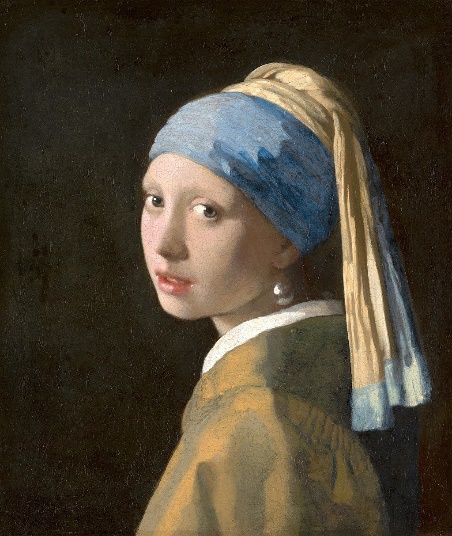
Brian Healey was a senior modern languages teacher in an independent grammar school for many years. He has also enjoyed a successful parallel career since the 1980s as a professional artist and interior designer. Since 2006 he has been regularly appointed to a number of prestigious ocean and river cruise lines, either as resident artist, guest lecturer on art history or as destination speaker for more than forty countries. Most recently this work has successfully extended to art guiding through important towns and museums in France, Belgium, Holland and Spain.
| Wednesday 16th Jul 2025 | Going Potty About Commodes by Janusz Karczewski-Slowikowski |  |
Details to follow ...
Our Visits 2024 / 2025
Our Special Interest Days 2024 / 2025
| Monday 25th Nov 2024 | New York: Sail, Sweat and Sparkle by Brian Healey |  |
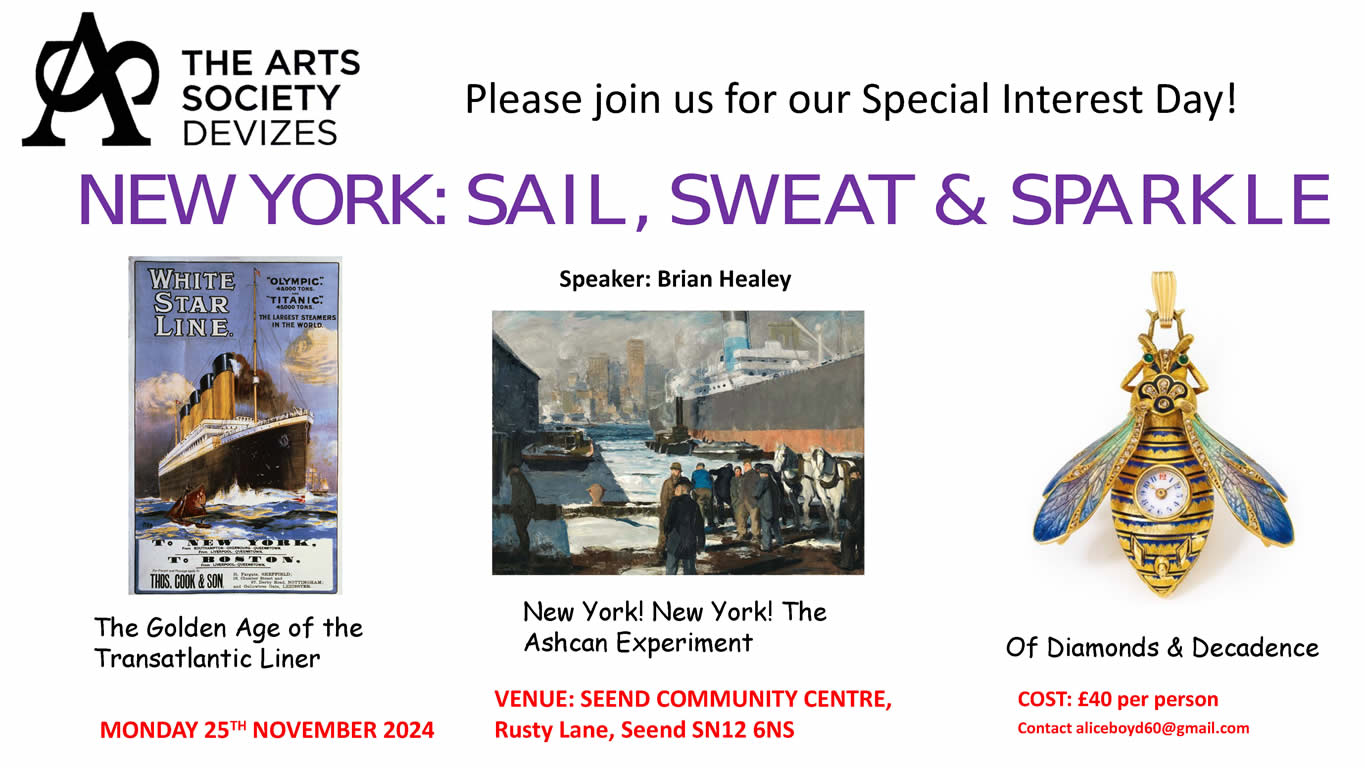
Three lectures on New York in the 1920's.
SAIL: sail in style by luxury transatlantic liner in the golden days of the Blue Riband
SWEAT: see how the Ashcan School of American painters depicted the daily lives of the labourers whose sweat helped to build the city
SPARKLE: the tale of how Tiffany & Co started with a loan of $1000 and a small bric-a-brac shop…
Click for further details of the lectures.
Print off the booking form and return to Alice: Booking form
Brian was a senior modern languages teacher in an independent grammar school for many years, and since the 1980s a professional artist and interior designer. Since 2006 he has been regularly appointed to a number of prestigious ocean and river cruise lines, either as resident artist, guest lecturer on art history or destination speaker for more than forty countries.
| Monday 3rd Mar 2025 | Unravelling The Silk Road by Chris Aslan |  |
Unravelling the Silk Road (The Wool Road; The Silk Road; The Cotton Road)
Further Details to follow ...
